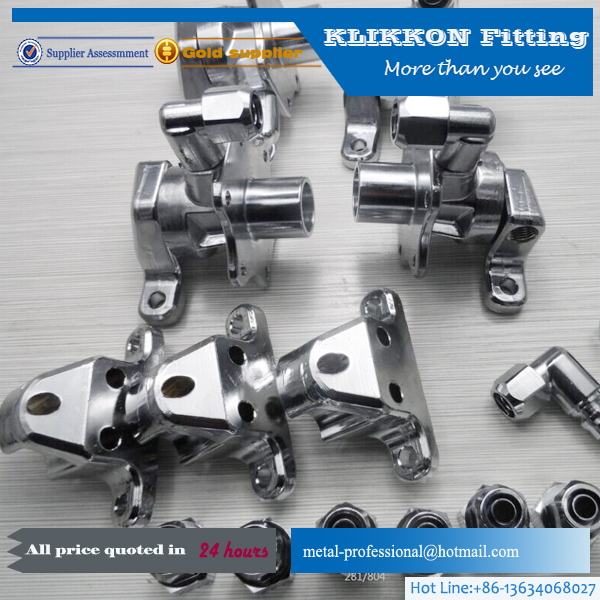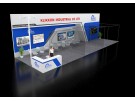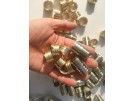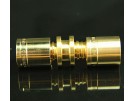Industry News
Forged parts are appropriate for almost any industry. Here are just some of those industries and a list of components made from forgings:
- Automotive: When it comes to cars and trucks, you’ll find forged parts at the points of stress and shock such as steering arms, axle shafts, torsion bars, and kingpins. They are also used in the powertrain where connecting rods, drive shafts, universal joints, and differential gears are all forged.
- Aerospace: Forgings are frequently used in helicopters, spacecraft, military aircraft, and commercial jets because of their structural reliability. They are ideal for parts that require a variety of sizes and shapes such as bulkheads, hinges, engine mounts, shafts, wheels, brackets, and landing gear cylinders. In jet turbine engines, super alloys are forged into components such as discs, blades, couplings, manifolds, rings, chambers, and shafts.
- Ordnance: You will find forged components in tanks, armored personnel carriers, and heavy artillery. They are also used in rifle triggers, missiles, shells, and the drive shafts in nuclear submarines.
- Agriculture: Farm implements need to be strong and sturdy. Components that are subjected to impact and fatigue—gears, shafts, levers, and spindles—are manufactured from forgings,
- Oil Fields: Forgings are the choice for rock cutter bits, drilling hardware, and high-pressure valves and fittings.
- Construction: It stands to reason that components for the construction and mining industries would require toughness and strength. Forgings are used here for sprockets, ball joints, yokes, axle beams, gears, and all kinds of shafts.
- Hand Tools: Ball-peen hammers, pliers, sledge hammers, wrenches, and garden tools, as well as surgical and dental instruments, are examples of forged hand tools.













